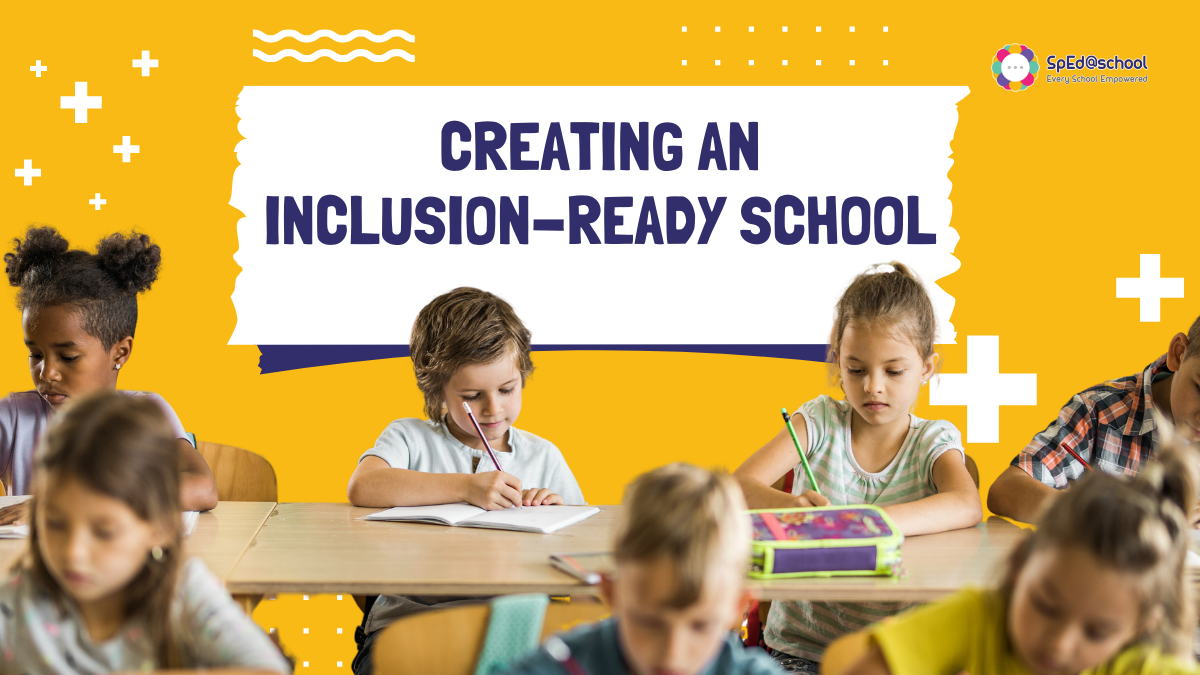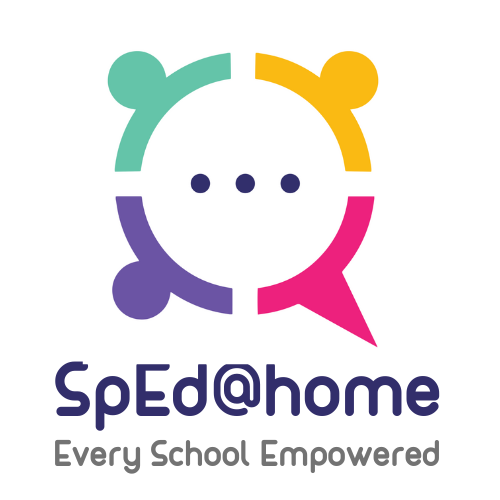Inclusion is a fundamental aspect of education that ensures every student, regardless of their background or abilities, feels valued and supported. Building an inclusion-ready school requires intentional efforts from all stakeholders. This article provides practical steps to transform your school into an environment that celebrates diversity and promotes equitable learning opportunities for all students.
Foster a Culture of Acceptance
Creating an inclusive school begins with fostering a culture of acceptance, where diversity is celebrated and embraced. Educators should promote open dialogue, encouraging students to share their unique perspectives and experiences. Implement programs that promote empathy, tolerance, and respect for differences. Recognize and address any discriminatory behavior promptly, ensuring that every student feels safe and welcomed within the school community.
Provide Professional Development
Equipping teachers and staff with the necessary knowledge and skills is crucial for building an inclusion-ready school. Offer regular professional development opportunities focused on understanding diverse learning needs, cultural sensitivity, and inclusive teaching practices. These trainings can empower educators to create inclusive classrooms, adapt curriculum materials, and employ differentiated instructional strategies that meet the individual needs of all students.
Implement Universal Design for Learning (UDL)
Universal Design for Learning is an educational framework that emphasizes flexible instructional methods to accommodate diverse learning styles and abilities. Implement UDL principles by providing multiple means of representation, engagement, and expression in the curriculum. This ensures that all students can access and participate in the learning process, regardless of their individual strengths or challenges. Incorporate assistive technologies and tools that support students with disabilities to fully engage in educational activities.
Establish Supportive Structures
Developing supportive structures within the school can help ensure the success of inclusion efforts. Create a student support team, comprising administrators, teachers, counselors, and specialists, to collaborate on individualized plans for students with diverse needs. Foster partnerships with families, involving them in decision-making processes and keeping open lines of communication. Establish a resource center that provides access to materials and supports for students with various abilities and learning styles.
Encourage Collaboration and Peer Interaction
Promote collaborative learning environments where students work together, regardless of their backgrounds or abilities. Encourage peer interaction and cooperation through group projects, cooperative learning activities, and inclusive extracurricular opportunities. This fosters friendships, empathy, and mutual support among students. Implement buddy programs that pair older students with younger ones, fostering a sense of mentorship and creating a supportive network within the school community.
Creating an inclusion-ready school requires a collective effort from educators, administrators, students, and families. By fostering a culture of acceptance, providing professional development, implementing Universal Design for Learning, establishing supportive structures, and encouraging collaboration and peer interaction, schools can create an environment where every student feels valued, respected, and included.












